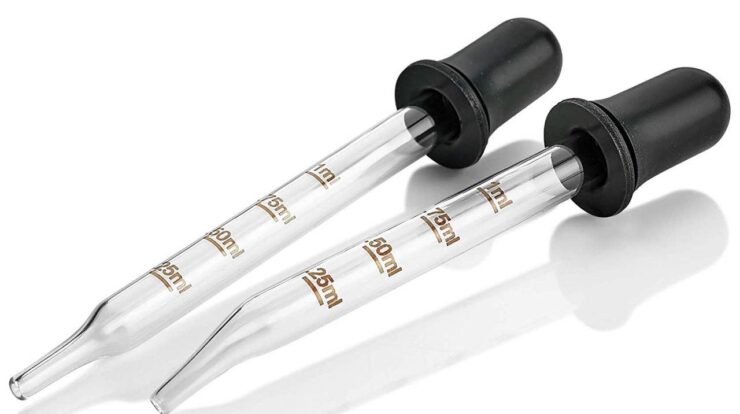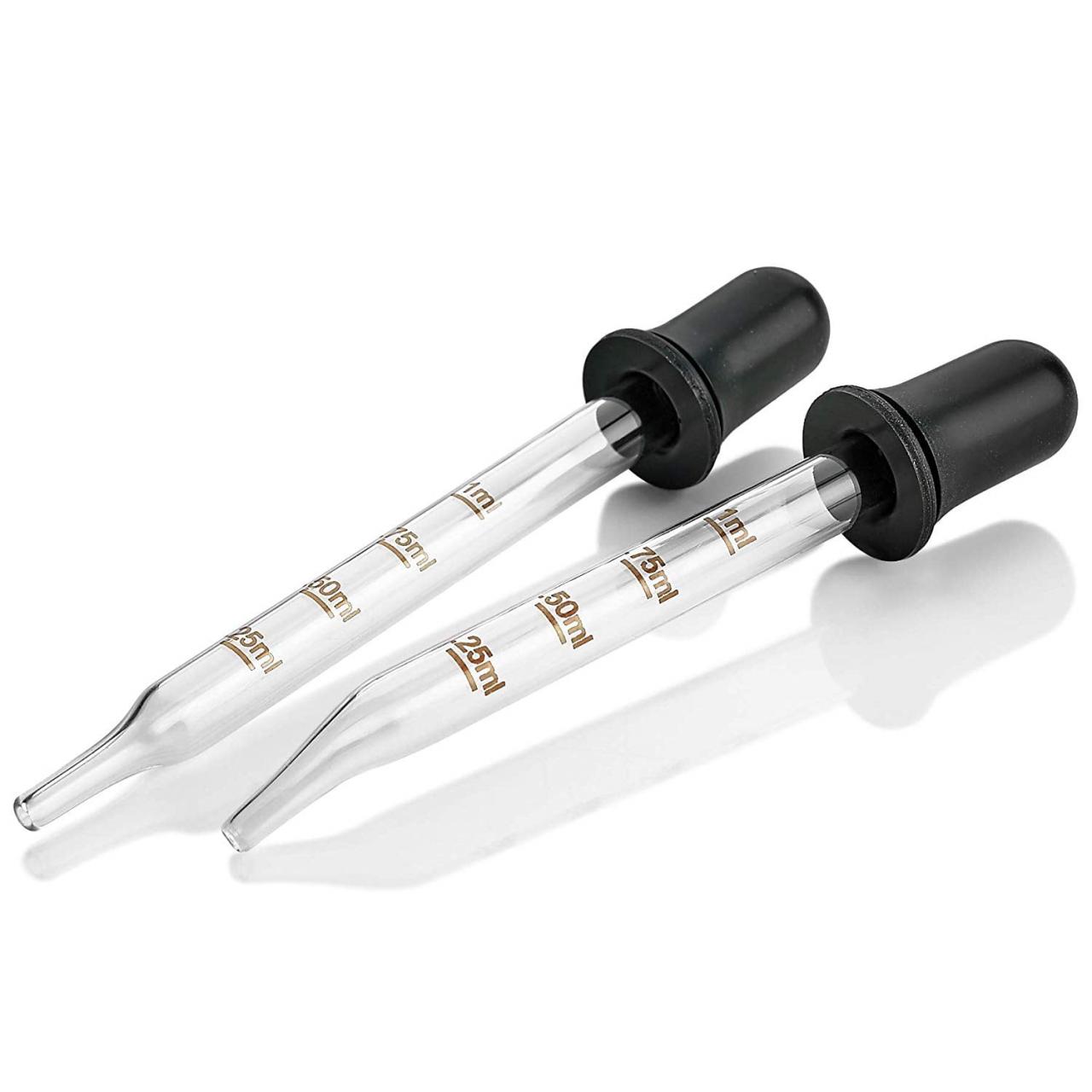
Dropper meaning encompasses a wide range of interpretations and practical applications. Whether it’s dispensing liquids precisely in a laboratory or watering plants gently, droppers play a crucial role in various fields and everyday tasks.
This comprehensive guide delves into the diverse meanings of “dropper,” exploring its usage, design, materials, and applications. We’ll also uncover the history of droppers and speculate on their future advancements.
Dropper Definition

A dropper is a small, handheld device used to dispense liquids drop by drop. Droppers are commonly used in laboratories, pharmacies, and homes for various purposes, including administering medication, measuring small volumes of liquid, and adding ingredients to mixtures.
Dropper Usage, Dropper meaning
Droppers are versatile tools with a wide range of applications. They are commonly used in the following fields:
- Medicine:Administering oral medications, eye drops, and ear drops
- Laboratory:Measuring and dispensing small volumes of liquids for experiments and analysis
- Cosmetics:Applying liquid makeup, nail polish, and hair treatments
- Household:Adding flavorings, extracts, and essential oils to food and beverages
Dropper Design
Droppers typically consist of a glass or plastic tube with a rubber or silicone bulb at one end and a narrow tip at the other. The bulb is squeezed to draw liquid into the tube, and then released to dispense drops.
The design of a dropper affects its functionality. For example, the size and shape of the bulb determine the volume of liquid that can be dispensed, while the diameter of the tip controls the size of the drops.
Dropper Materials
Droppers are made from a variety of materials, including:
- Glass:Durable, chemically resistant, and easy to clean
- Plastic:Lightweight, disposable, and cost-effective
- Rubber:Flexible, providing a tight seal around the tube
- Silicone:Heat-resistant, non-toxic, and resistant to chemicals
Dropper Applications
Droppers are used in a wide range of industries and applications, including:
- Medical:Administering medications, eye drops, and ear drops
- Laboratory:Measuring and dispensing small volumes of liquids for experiments and analysis
- Cosmetics:Applying liquid makeup, nail polish, and hair treatments
- Household:Adding flavorings, extracts, and essential oils to food and beverages
- Industrial:Dispensing adhesives, lubricants, and other liquids in small quantities
Dropper Alternatives
In some cases, droppers can be replaced by alternative methods or devices, such as:
- Syringes:For precise measurement and dispensing of liquids
- Pipettes:For transferring small volumes of liquid
- Dropping bottles:For dispensing larger volumes of liquid
Dropper History
Droppers have been used for centuries, with early versions made from glass or metal. The modern dropper, with its rubber or silicone bulb, was invented in the 19th century.
Over time, droppers have evolved to become more precise and efficient. Today, droppers are an essential tool in a variety of fields, from medicine to laboratory research.
Dropper Future
The future of dropper technology is likely to see continued advancements in materials and design. For example, new materials could make droppers more durable, resistant to chemicals, and easier to clean.
Additionally, innovative designs could improve the accuracy and precision of droppers, making them even more valuable in fields such as medicine and laboratory research.
Closing Notes
From scientific research to artistic endeavors, droppers have proven their versatility and indispensable nature. As technology continues to evolve, we can anticipate further innovations in dropper design and functionality, expanding their applications even further.
FAQ Explained: Dropper Meaning
What is the primary function of a dropper?
Droppers are primarily used for precise dispensing of liquids, making them essential tools in laboratories, pharmacies, and even kitchens.
What materials are commonly used to make droppers?
Droppers are typically made from glass, plastic, or rubber. Glass droppers are resistant to chemicals and heat, while plastic droppers are lightweight and disposable. Rubber droppers offer flexibility and durability.
Can droppers be used for other purposes besides dispensing liquids?
Yes, droppers can be repurposed for various applications, such as creating watercolor effects in painting, applying essential oils for aromatherapy, or even watering small plants.





